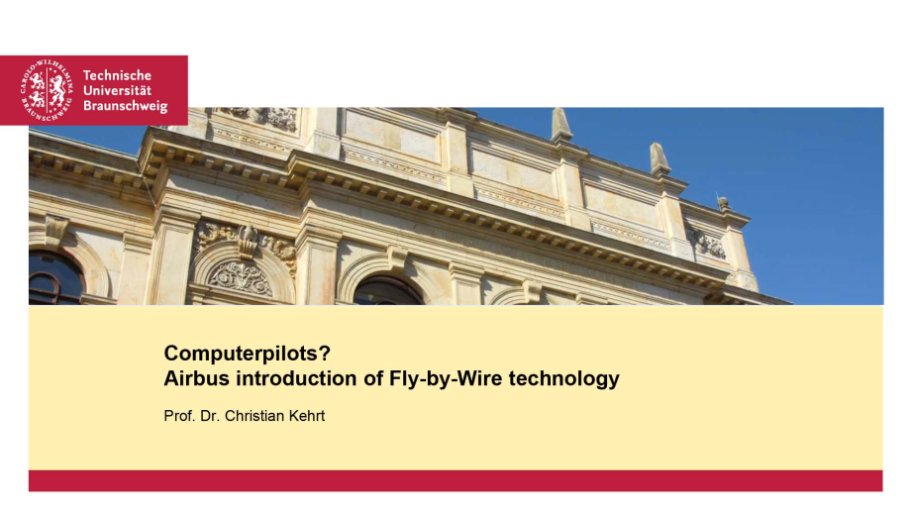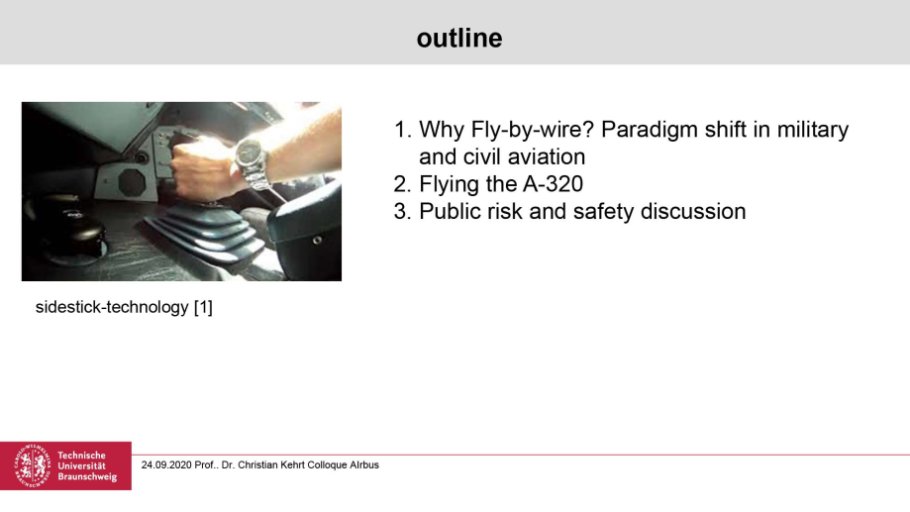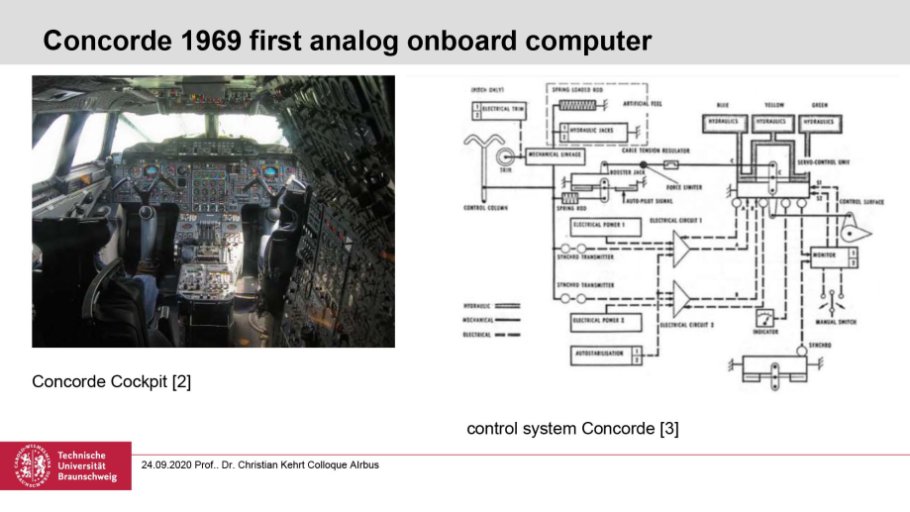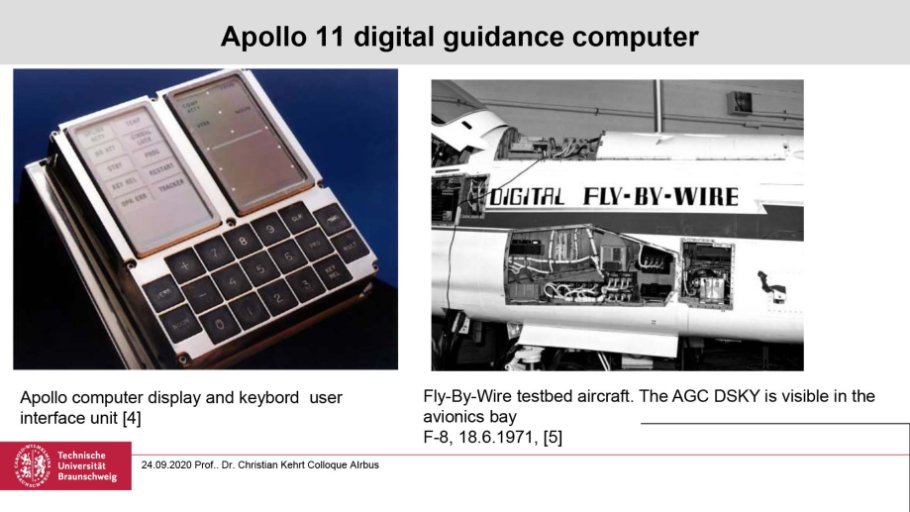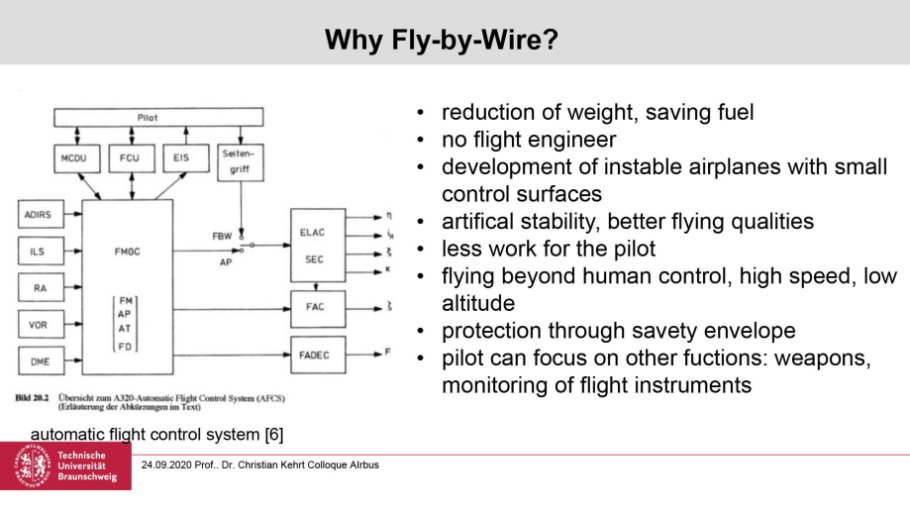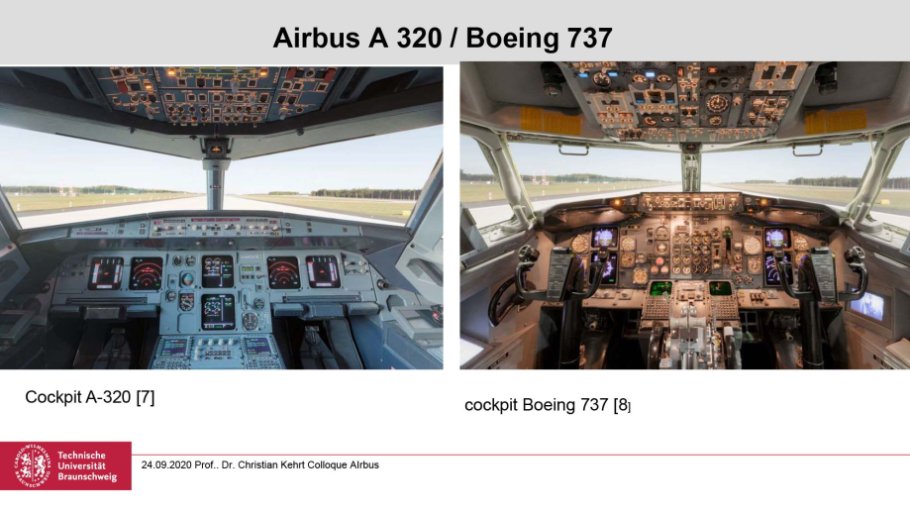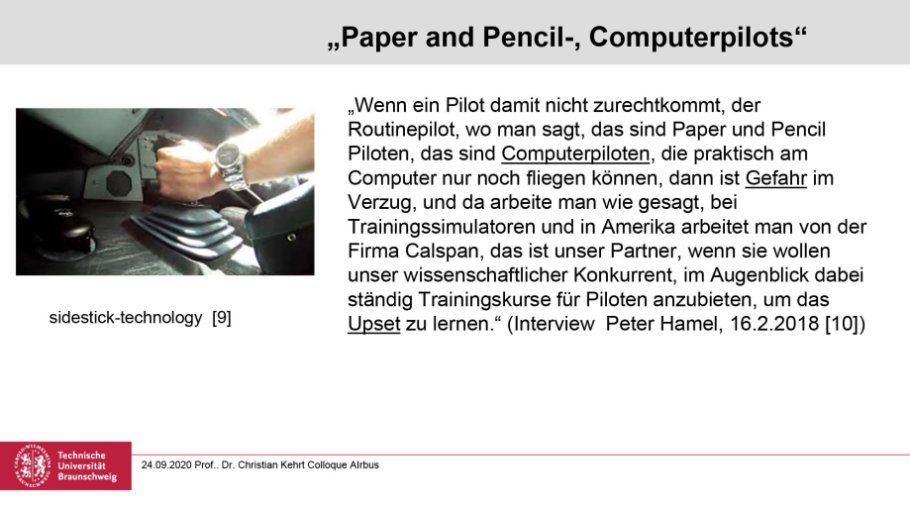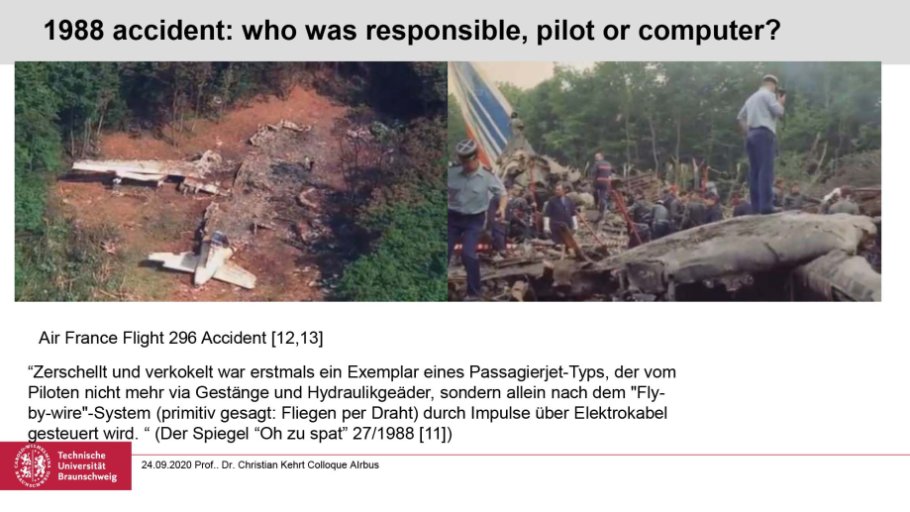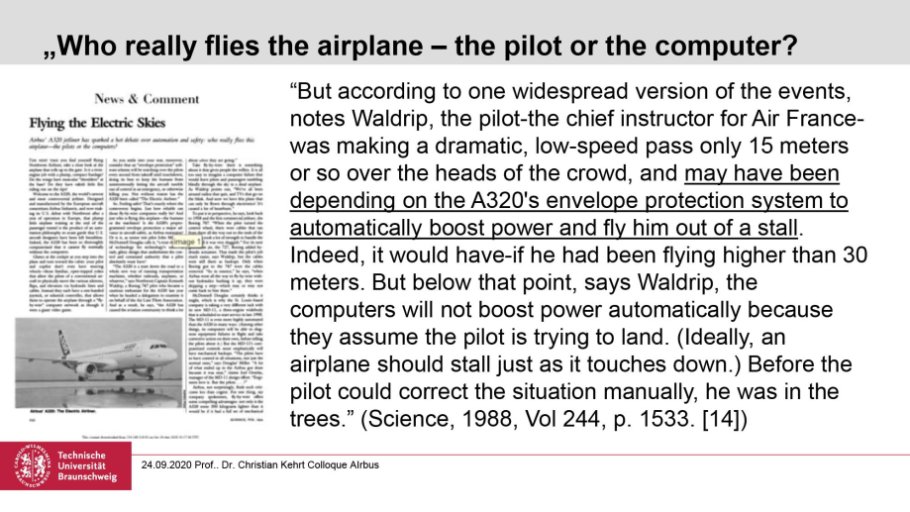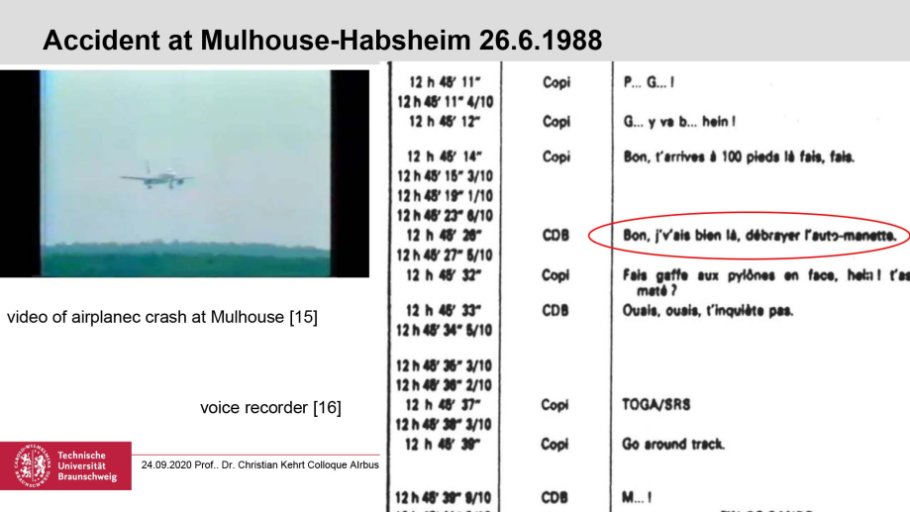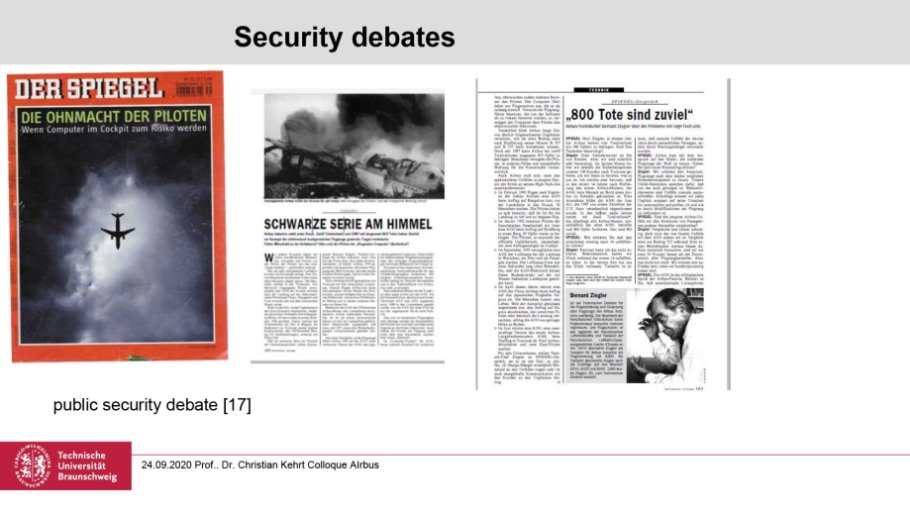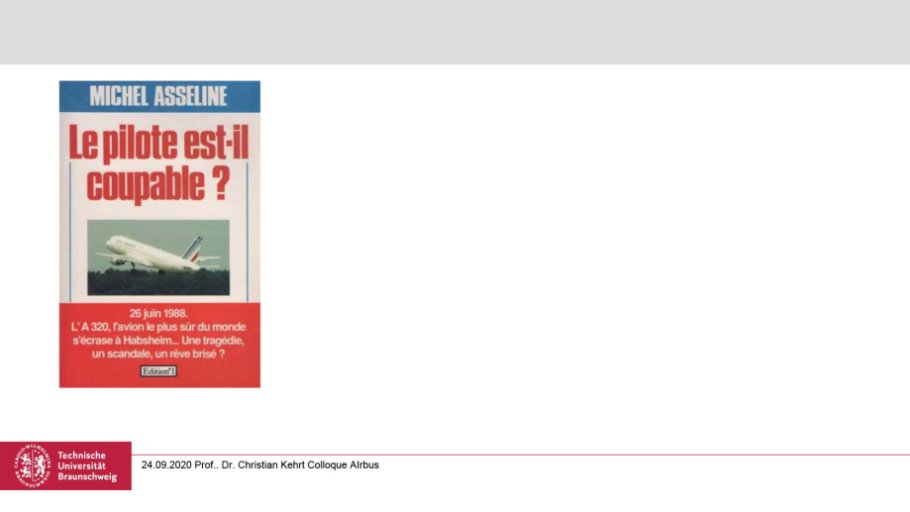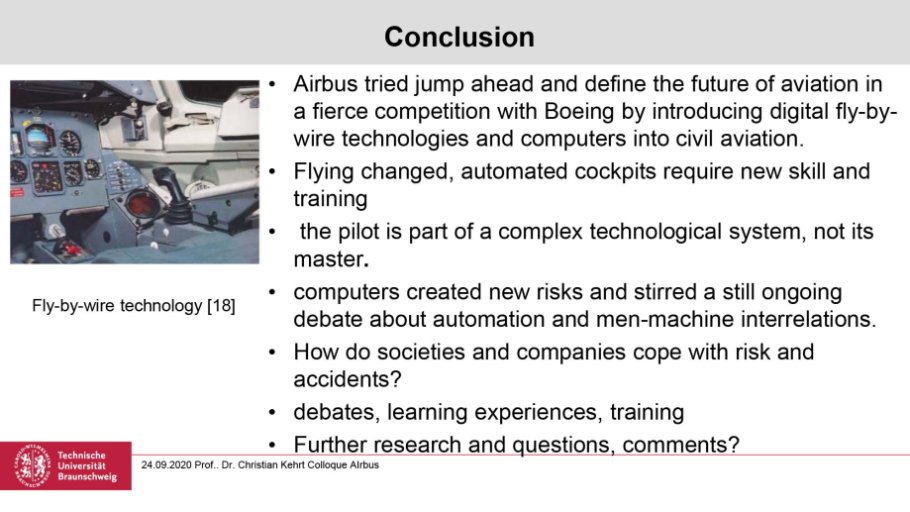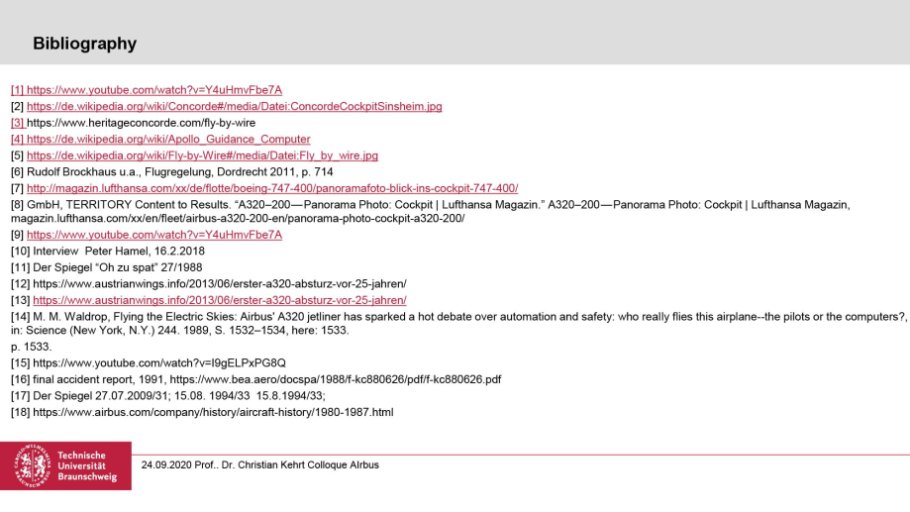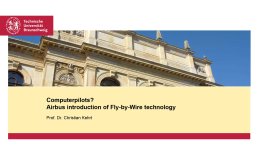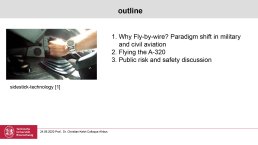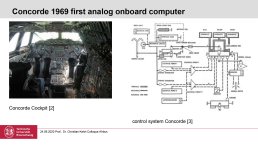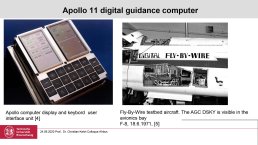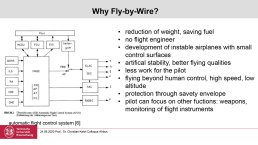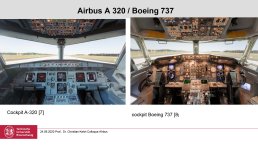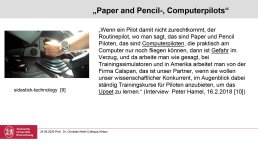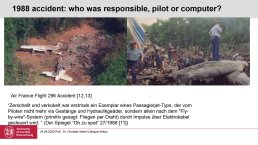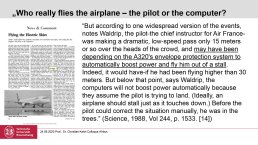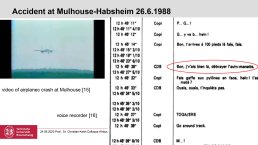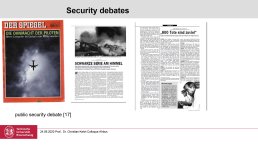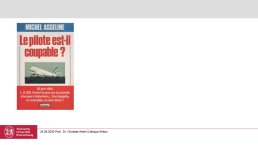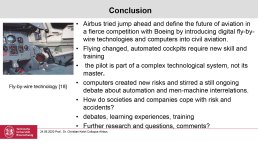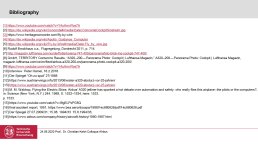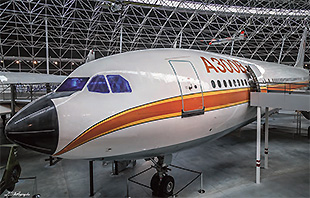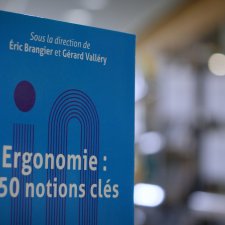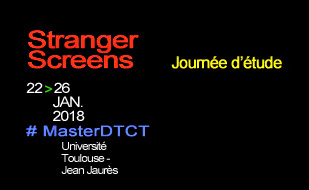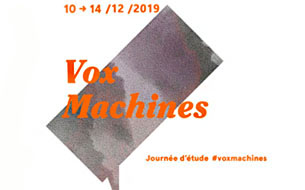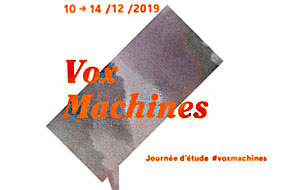Notice
Computerpilots ? Airbus introduction of Fly-by-Wire technology in civil aviation in the 1970s and 1980s / Christian Kehrt
- document 1 document 2 document 3
- niveau 1 niveau 2 niveau 3
Descriptif
Computerpilots ? Airbus introduction of Fly-by-Wire technology in civil aviation in the 1970s and 1980s / Christian Kehrt in "Naissance et affirmation du groupe Airbus (années 1960-années 1980)", colloque organisé par le laboratoire FRAMESPA (France, Amériques, Espagne- Sociétés, Pouvoirs, Acteurs) sous la responsabilité scientifique de Jean-Marc Olivier, Université Toulouse Jean Jaurès, 23-25 septembre 2020.
Session 4 : Patrimoines.
* Communication filmée en visioconférence.
The aim of mytalk is to focus on man-machine interaction in the cockpit of the A 320. Thisstory is especially revealing since aviation technology can be understood as a driverand exemplary testbed for major societal changes related to processes ofdigitization and automation that are currently widely discussed. Since thehistory of aviation cannot be told without looking at the very process offlying, I will tell the Airbus story from the view of the cockpit and ask: How does flying change through the introduction of computers in the cockpit? What kind of learning processes andnew qualifications were required to fly and control highly automated andcomputerized airplanes. What were the reasons for the Airbus company to considerablychange man-machine interactions in the cockpit? Processes of automation changed, redefined and even replaced manyfunctions and roles of the pilot and the cockpit crew to the extent that the airplanecan fully fly by itself and even overrule and disempower the pilots command andmain control functions. I will argue that for the young European companydigitized cockpits promised a leadership position by jumping ahead anddetermining the parameters of commercial flight for the 1980s and 1990s.
Thème
Documentation
Références documentaires
KEHRT, Christian Kehrt (2010). Moderne Krieger, die Technikerfahrungen deutscher Militärpiloten 1910-1945. Paderborn, Verlag Ferdinand Schöningh, 496 p.
> Voir la bibliographie indicative dans la dernière diapositive du diaporama associé.
Dans la même collection
-
Le projet Airbus parachève le choix de Toulouse comme capitale française de l’aéronautique civile /…
OlivierJean-MarcLe projet Airbus parachève le choix de Toulouse comme capitale française de l’aéronautique civile / Jean-Marc Olivier, in "Naissance et affirmation du groupe Airbus (années 1960-années 1980)",
-
Aux sources allemandes d’Airbus / Michel Bénichou
BénichouMichelAux sources allemandes d’Airbus / Michel Bénichou, in colloque "Naissance et affirmation du groupe Airbus (années 1960-années 1980)" organisé par le laboratoire FRAMESPA (France, Amériques, Espagne-
-
Airbus, un envol pour l’Europe ? / Bertrand Vayssière
VayssièreBertrandAirbus, un envol pour l’Europe ? / Bertrand Vayssière, in "Naissance et affirmation du groupe Airbus (années 1960-années 1980)", colloque organisé par le laboratoire FRAMESPA (France, Amériques,
-
Airbus, modèle ou exception pour les ambitions industrielles européennes, 1970-1984 ? / Laurent …
WarlouzetLaurentAirbus, modèle ou exception pour les ambitions industrielles européennes, 1970-1984 ? / Laurent Warlouzet, in "Naissance et affirmation du groupe Airbus (années 1960-années 1980)", colloque
-
L’État, acteur et arbitre de la stratégie industrielle aux origines d’Airbus (1967-1972) / Maurice …
ZytnickiMauriceL’État, acteur et arbitre de la stratégie industrielle aux origines d’Airbus (1967-1972) / Maurice Zytnicki, in colloque "Naissance et affirmation du groupe Airbus (années 1960-années 1980)" organisé
-
Born the shadow of Concorde: Britain’s Role in the Creation of Airbus / Stephen Rookes
RookesStephenBorn the shadow of Concorde: Britain’s Role in the Creation of Airbus / Stephen Rookes, in colloque "Naissance et affirmation du groupe Airbus (années 1960-années 1980)" organisé par le laboratoire
-
Le GIE, une structure juridique originale / Emmanuel Cordelier
CordelierEmmanuelLe GIE, une structure juridique originale / Emmanuel Cordelier, in "Naissance et affirmation du groupe Airbus (années 1960-années 1980)", colloque organisé par le laboratoire FRAMESPA (France,
-
Airbus : groupe aéronautique dans un monde bipolaire / Nadezhda Sazanovich
SazanovichNadezhdaAirbus : groupe aéronautique dans un monde bipolaire / Nadezhda Sazanovich, in "Naissance et affirmation du groupe Airbus (années 1960-années 1980)", colloque organisé par le laboratoire FRAMESPA
-
« No Sir, It’s an American Aircraft » : Selling the A300 to the US Public in the 1970s / Guillaume …
De SyonGuillaume« No Sir, It’s an American Aircraft » : Selling the A300 to the US Publicin the 1970s / Guillaume de Syon, in "Naissance et affirmation du groupe Airbus (années 1960-années 1980)", colloque organisé
-
Aux origines de la réussite d’Airbus : le colbertisme aéronautique / Marc-Daniel Seiffert
SeiffertMarc-DanielAux origines de la réussite d’Airbus : le colbertisme aéronautique / Marc-Daniel Seiffert, in "Naissance et affirmation du groupe Airbus (années 1960-années 1980)", colloque organisé par le
-
De Dewoitine à Airbus : vers la reconnaissance du patrimoine historique de l’aéronautique / Fabienn…
PérisFabienneDe Dewoitine à Airbus : vers la reconnaissance du patrimoine historique de l’aéronautique / Fabienne Péris, in "Naissance et affirmation du groupe Airbus (années 1960-années 1980)", colloque organisé
-
Les origines toulousaines d’Airbus et son patrimoine aéronautique / Jean-Pierre Salsenach
SALSENACHJean PierreLes origines toulousaines d’Airbus et son patrimoine aéronautique / Jean-Pierre Salsenach, in "Naissance et affirmation du groupe Airbus (années 1960-années 1980)", colloque organisé par le
Sur le même thème
-
Un dictionnaire pour présenter 50 ans de recherche en ergonomie (ASR N°22 - PERSEUS)
BrangierÉricValléryGérardPour beaucoup, l'ergonomie se limite à la conception et à l'usage d'un outil ou d'un produit. Mais cette discipline encore méconnue englobe bien d'autres aspects du monde du travail et de la vie
-
Articulations @Tate Modern
Promotion des journées aux Tate Modern Exchange autour de l'expérience NowHere : Sharing a Virtual Danse-Scape.
-
Repenser les interfaces des logiciels de création / Nolwenn Maudet
MaudetNolwennRepenser les interfaces des logiciels de création / Nolwenn Maudet, in "Stranger Screens", journée d'étude organisée par le Master Design Transdisciplinaire, Cultures et Territoires (DTCT), sous la
-
Les normes du numérique / Anthony Masure
MasureAnthonyLes normes du numérique / Anthony Masure, in "Stranger Screens", journée d'étude organisée par le Master Design Transdisciplinaire, Cultures et Territoires (DTCT), sous la responsabilité scientifique
-
Présentation du programme de recherche "Free form display" / Marcos Serrano
SerranoMarcosPrésentation du programme de recherche "Free form display" / Marcos Serrano, in "Stranger Screens", journée d'étude organisée par le Master Design Transdisciplinaire, Cultures et Territoires (DTCT),
-
Présentation de travaux de recherche en Interaction Homme Machine (IHM) / Pourang Irani
IraniPourangPrésentation de travaux de recherche en Interaction Homme Machine (IHM) / Pourang Irani, in "Stranger Screens", journée d'étude organisée par le Master Design Transdisciplinaire, Cultures et
-
Une histoire des écrans et des technologies d'affichage / René Speranza
SpéranzaRenéUne histoire des écrans et des technologies d'affichage / René Speranza, in "Stranger Screens", journée d'étude organisée par le Master Design Transdisciplinaire, Cultures et Territoires (DTCT), sous
-
Le numérique et ses formats / Louise Drulhe
DrulheLouiseLe numérique et ses formats / Louise Drulhe, in "Stranger Screens", journée d'étude organisée par le Master Design Transdisciplinaire, Cultures et Territoires (DTCT), sous la responsabilité
-
Enjeux critiques des assistants vocaux, création et assistants vocaux / Anthony Masure, Julien Droc…
MasureAnthonyDrochonJulienEnjeux critiques des assistants vocaux, création et assistants vocaux / Anthony Masure et Julien Drochon, in Journée d'étude "Vox Machines" organisée sous la responsabilité scientifique de Julien
-
Siri et les personnalités des assistants vocaux / Nicolas Santolaria
SantolariaNicolasSiri et les personnalités des assistants vocaux / Nicolas Santolaria, in Journée d'étude "Vox Machines" organisée sous la responsabilité scientifique de Julien Drochon et Anthony Masure par le Pôle
-
Rétro-Design de l’attention : qu’avons-nous appris ? / Hubert Guillaud
GuillaudHubertRétro-Design de l’attention : qu’avons-nous appris ? / Hubert Guillaud, in Journée d'étude "Vox Machines" organisée sous la responsabilité scientifique de Julien Drochon et Anthony Masure par le Pôle
-
La voix des machines, ciment d’un imaginaire de la relation / Clotilde Chevet
ChevetClotildeLa voix des machines, ciment d’un imaginaire de la relation / Clotilde Chevet, in Journée d'étude "Vox Machines" organisée sous la responsabilité scientifique de Julien Drochon et Anthony Masure par

